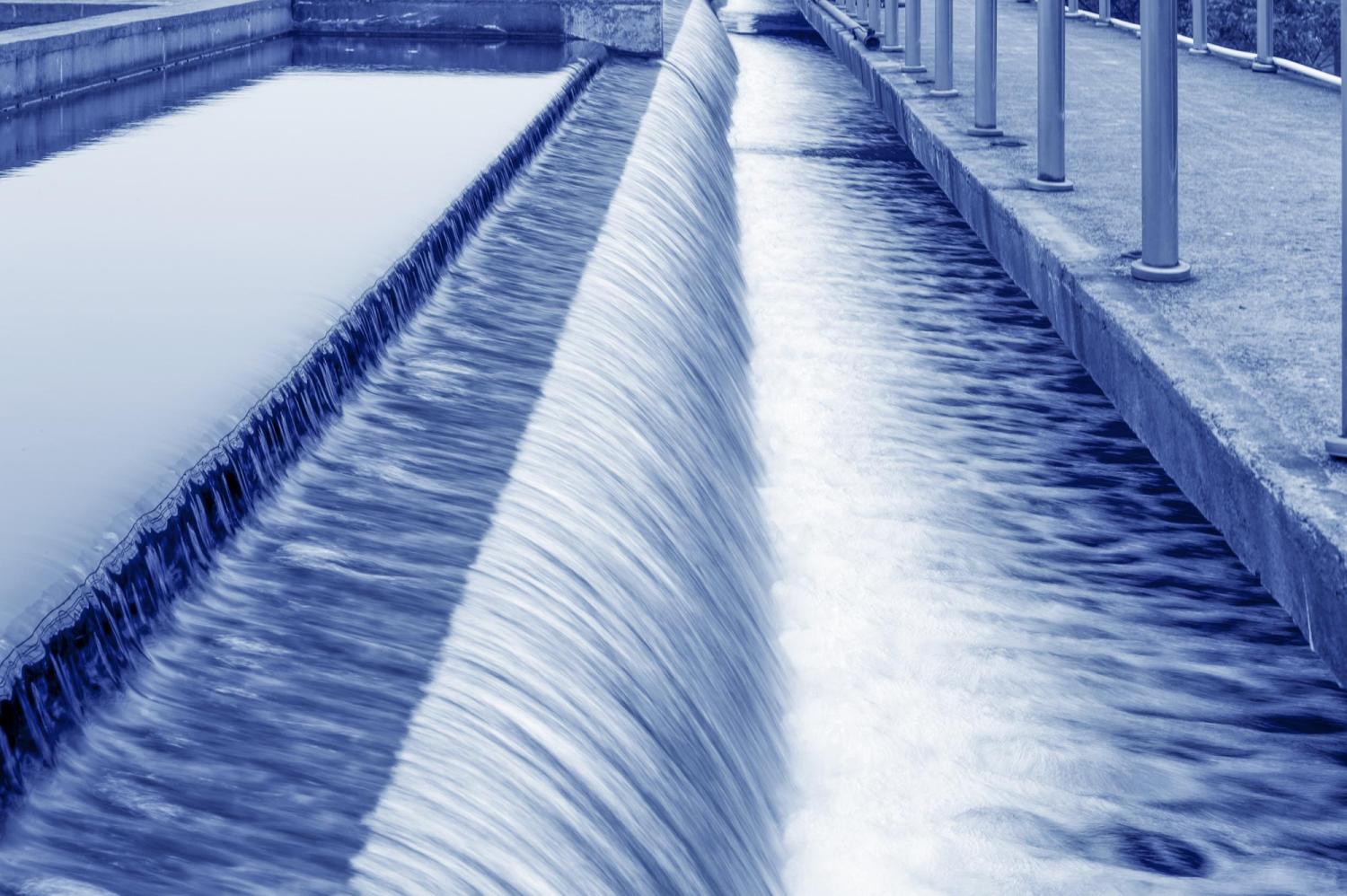Student's computer simulations help to protect water supplies

Since the only guarantee in life is change, William Raseman is using his research to try to prepare water municipalities from being crippled by unforeseen circumstances such as floods, droughts or wildfires.
The second-year civil engineering PhD student is building software programming to assess the impact of climate and environmental change on drinking water decisions. Working under Assistant Professor Joseph Kasprzyk, Raseman is learning to use multi-objective evolutionary algorithms to help water municipalities make decisions that will be resilient against future climate change induced challenges.
Or, more simply, he is building computer programs to simulate disasters and then generate possible solutions to them.
“We can’t fix everything the right way,” Raseman said of current water infrastructure systems. “”We have what we have and so we need to make the systems we already have more adaptable to changing conditions.”
This means finding a way to modify the systems already in place to best serve the needs of the present and future. He gave the example of a Fort Collins water treatment plant that recently cut off intake from the river from because of a wildfire nearby. The drastic increase in sediment made the water untreatable for 100 days. Though this plant had access to a reservoir as backup, Raseman questioned possible outcomes if a backup source wasn’t available.
“What if there was a drought at that time? What if they didn’t have access to that water over 100 days? When would it be possible to treat the river again? These are the questions we’re trying to find solutions to.”
Raseman is coding in C, a low-level language. This is essential because the closer the language of the code is to “computer language,” the faster the simulations can be run. And with his program running hundreds of thousands of simulations, speed is essential.
His program is built off models created before -- though it adds an algorithm to optimize a given water system and find solutions to the problems. It works by in taking objective values, like cost and reliability, and finds hundreds of thousands of possible solutions. Then, the competing solutions are placed against one another tournament-style, with the victor of one match then placed against the victor of another, continually removing lesser possibilities.
Once the field has been narrowed to a handful of options, the code tweaks the makeup of the solutions slightly, and then repeats the tournament selection to see the effect of the mutations on the outcome. This process mimics evolution, as sometimes random mutations produce the strongest outcomes. The program finishes with a large array of possible solutions that could be presented to municipalities for consideration and debate.
“If you have more than one objective, you cannot have a single solution,’ Raseman said. “It is dependent on how much you care about each one of those objectives that determines what the best one for you would be.”
The monetary component is one of the biggest impediments to the security of clean drinking water, no matter its necessity. Raseman’s research is funded by the Environmental Protection Agency, which is facing federal budget cuts. Raseman explained that because most people pay very little in water costs, they assume it is always cheap. But with an outdated water infrastructure system, some increase in spending will be unavoidable.
“There is going to be a tradeoff between cost and the reliability of the system,” Raseman said. He compared the decisions of water to that of the financial sector, but unlike the latter, people seem to care less about their water than their money.
“The stakes as high in water treatment, or higher,” he said. “But utilities don’t have the money to use the same sophisticated long-term planning techniques as the financial sector does. People don’t want to pay for water, but as Benjamin Franklin said, ‘When the well is dry, we know the worth of water.’”


